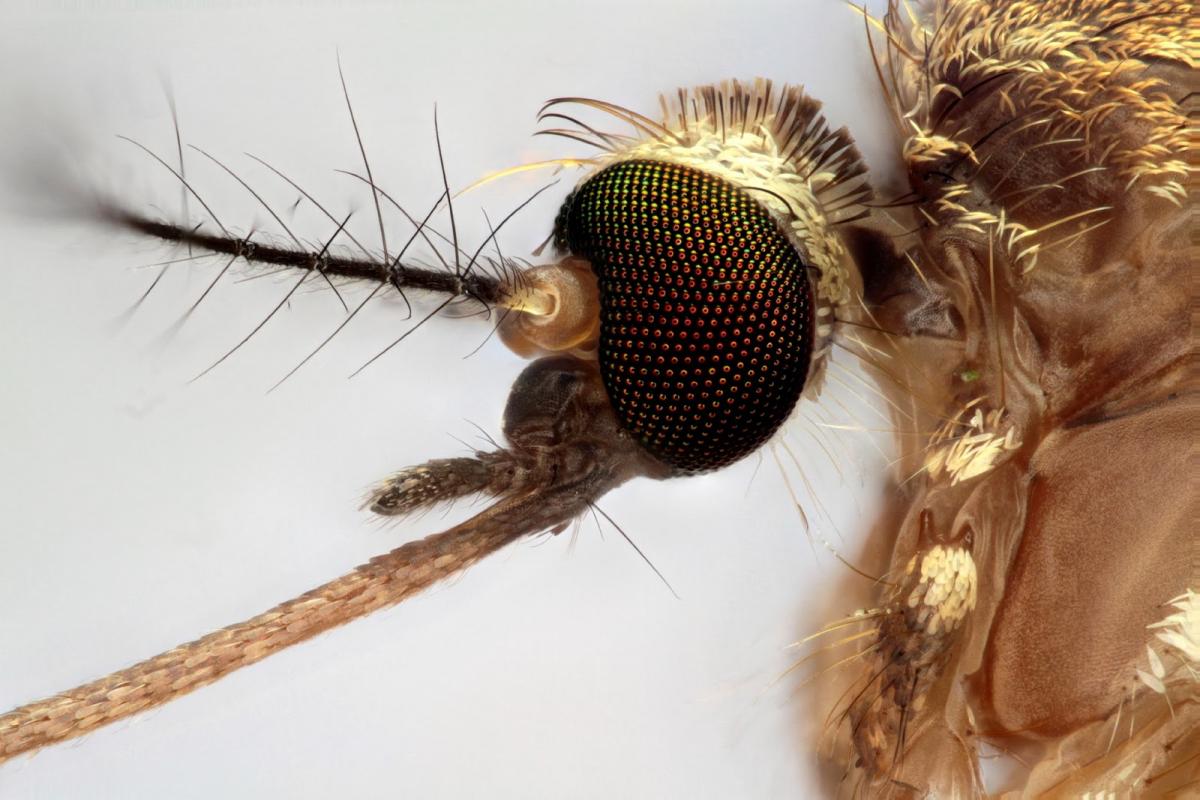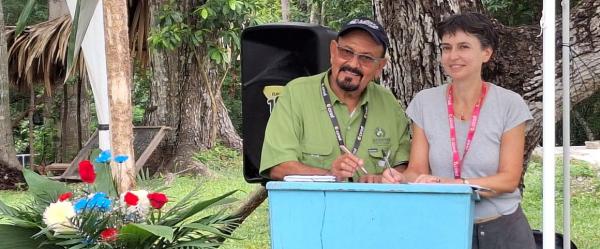Science at work 16 December 2025
- Home
- Press area
- Press releases
- emerging exotic diseases mosquitoes Europe
Emerging diseases | Stepping up surveillance of West Nile Virus in Europe

West Nile Virus is transmitted by many species of mosquitoes, including the very common genus Culex , and is now present on all continents and at all latitudes, as far as northern Canada and Siberia. The 2018 epidemic in Europe, with 2000 human cases reported and 187 confirmed deaths, has put a disease that is sometimes overlooked back in the spotlight. At CIRAD, different studies have been completed or are underway in Africa, Southeast Asia and, for France, in Guadeloupe and the Mediterranean coastal departments.
“In 2020, we have seen a sharp increase in West Nile Virus in Spain, the Balkans and Central Europe, even as far as Germany ”, says Renaud Lancelot, an epidemiologist at CIRAD. “This disease is a real challenge for epidemiologists, as it is capable of circulating rapidly thanks to numerous organisms. A multitude of mosquito species can transmit the virus to many different vertebrate hosts: reptiles, birds and mammals, including humans, making the epidemiology of this disease very complex ”.
Improving coordination and information sharing at the European level with MOOD
Renaud Lancelot is coordinator of the research and development project MOOD, which is aimed at stepping up international health surveillance. After a six-month assessment of requirements among ten human and veterinary public health agencies in five European Union countries, West Nile Virus has been recognised as a disease to be monitored.
“The Mediterranean basin and the Black Sea are particularly affected, especially because they sit on the routes of migratory birds that carry the virus from wintering grounds in the Nile Valley and the Sahel region, or from nesting sites in Europe and Central Asia ”, says Renaud Lancelot. “We are working to build networks between health agencies in France, Italy and Spain, but also North Africa, in order to standardize and align early warning systems and to facilitate information sharing. Our capacity for action depends on a better understanding of the epidemiological situation for this disease, which calls for regional coordination that could be achieved through the Mediterranean Animal Health Network (REMESA) ."
An emerging disease that is not yet widely known
In the Camargue and the Montpellier region, Serafín Gutierrez, an ecologist at CIRAD specializing in arboviruses, catches thousands of mosquitoes every year and takes samples from several bird species. By conducting different analyses to detect West Nile Virus, he assesses the circulation of the virus in mosquitoes and wildlife.
“There is a real lack of knowledge about the ecology of this virus, which prevents us from accurately assessing the epidemic risk ”, says Serafín Gutierrez. “In 2018, for example, despite several cases in horses and humans in the South of France, fewer than one in a thousand mosquitoes collected were carriers ." These findings are reassuring for the region.
Research to improve understanding of this virus and its circulation is therefore underway in the Camargue, but also in Morocco, Senegal, Mali, Madagascar, Cambodia and Guadeloupe.
CIRAD, an expert in animal diseases, at the forefront of emerging diseases of animal origin CIRAD has a long history of expertise in animal diseases and thus in the surveillance of emerging infectious diseases in humans, 75% of which originate in the animal kingdom. CIRAD’s scientists foster integrated health approaches known as “ One Health”, which recognize the interdependency between human, animal and ecosystem health. In collaboration with a wide range of actors (local populations, veterinarians, ecologists, health professionals, etc), the researchers focus not only on pathogens, but also on their animal reservoirs or vectors (mosquitoes, ticks, etc), on pathogen-vector-animal-human interactions, and on the actions to be deployed for disease surveillance, diagnosis and control. The pathogens studied and their reservoirs or vectors include: the viruses for Rift Valley fever, Nipah, Crimean-Congo haemorrhagic fever, Japanese encephalitis, Usutu, and the Ebola and MERS-CoV viruses. |



























